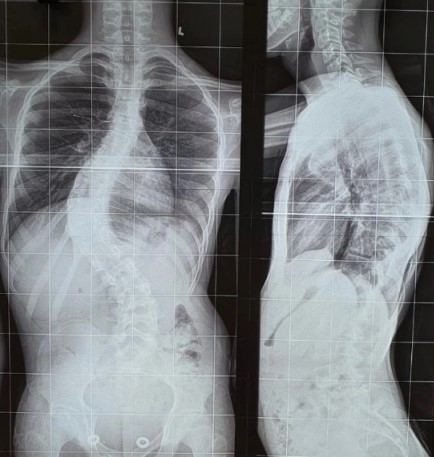Allergic Rhinitis in Children: Symptoms, Causes, and Effective Treatments
As a pediatrician specializing in allergies and respiratory conditions, I see countless children suffering from allergic rhinitis—a common but often misunderstood condition. Many parents come to me worried about their child’s constant sneezing, runny nose, or itchy eyes, wondering if it’s just a passing cold or something more persistent. Through my years of practice, I have helped many families navigate this condition, and I want to share insights based on both medical expertise and personal experience with my young patients.
What is Allergic Rhinitis?
Allergic rhinitis, also known as hay fever, is an immune system reaction to allergens like dust mites, pollen, pet dander, and mold. Unlike a viral cold, allergic rhinitis is not caused by infections but by an overactive immune response to harmless substances in the environment.
I often see parents confused about whether their child has a common cold or allergies. One way to differentiate is that allergic rhinitis does not cause fever and tends to be seasonal or persistent, depending on the allergens involved.
Symptoms of Allergic Rhinitis in Children
The symptoms can vary, but common ones include:
- Frequent sneezing
- Nasal congestion or runny nose (clear mucus)
- Itchy nose, eyes, throat, or ears
- Watery or red eyes
- Postnasal drip, leading to a persistent cough
- Fatigue due to poor sleep caused by congestion
I recall a young patient, a 5-year-old boy named Aarav, whose parents initially thought he had recurrent colds. However, his symptoms persisted for months, especially when he played outdoors. After conducting a thorough history and allergy tests, we diagnosed him with allergic rhinitis. With the right treatment, his symptoms dramatically improved, and he could enjoy outdoor play without discomfort.
Common Causes and Triggers
The most common triggers I see in my practice include:
- Pollen: More common in spring and fall
- Dust mites: Often found in bedding and carpets
- Pet dander: From cats, dogs, and other furry animals
- Mold spores: Grows in damp areas like bathrooms and basements Pollution and smoke: Worsens symptoms in urban settings
Understanding triggers is the first step in managing allergic rhinitis. I always advise parents to track when symptoms appear and what might be causing them.
Effective Treatment Options
As a doctor, I believe in a holistic, stepwise approach to treatment, focusing on symptom relief and long-term management.
- Avoiding Allergens: Use allergen-proof mattress covers Wash bedding weekly in hot water Keep pets out of bedrooms Use an air purifier for indoor air quality
- Medications prescribed by your allergy Specialist
- Immunotherapy if required
- A long-term treatment that gradually desensitizes the immune system
- I have seen significant improvement in children who undergo 2-5 years of therapy
One of my most rewarding experiences was treating an 8-year-old girl, Meera, whose severe allergic rhinitis was affecting her school performance. With consistent immunotherapy, her symptoms reduced by nearly 80%, and she could participate in sports again without discomfort.
Final Thoughts: A Message to Parents
As a mother myself, I understand how distressing it is to see your child suffer. If your child has persistent sneezing, congestion, or watery eyes, don’t dismiss it as “just a cold.” Early diagnosis and proper treatment can prevent complications like asthma and ensure your child leads a happy, healthy life.
If you suspect your child has allergic rhinitis, don’t hesitate to seek medical advice. With the right care, children can enjoy the world around them—without the sniffles!


Add a Comment